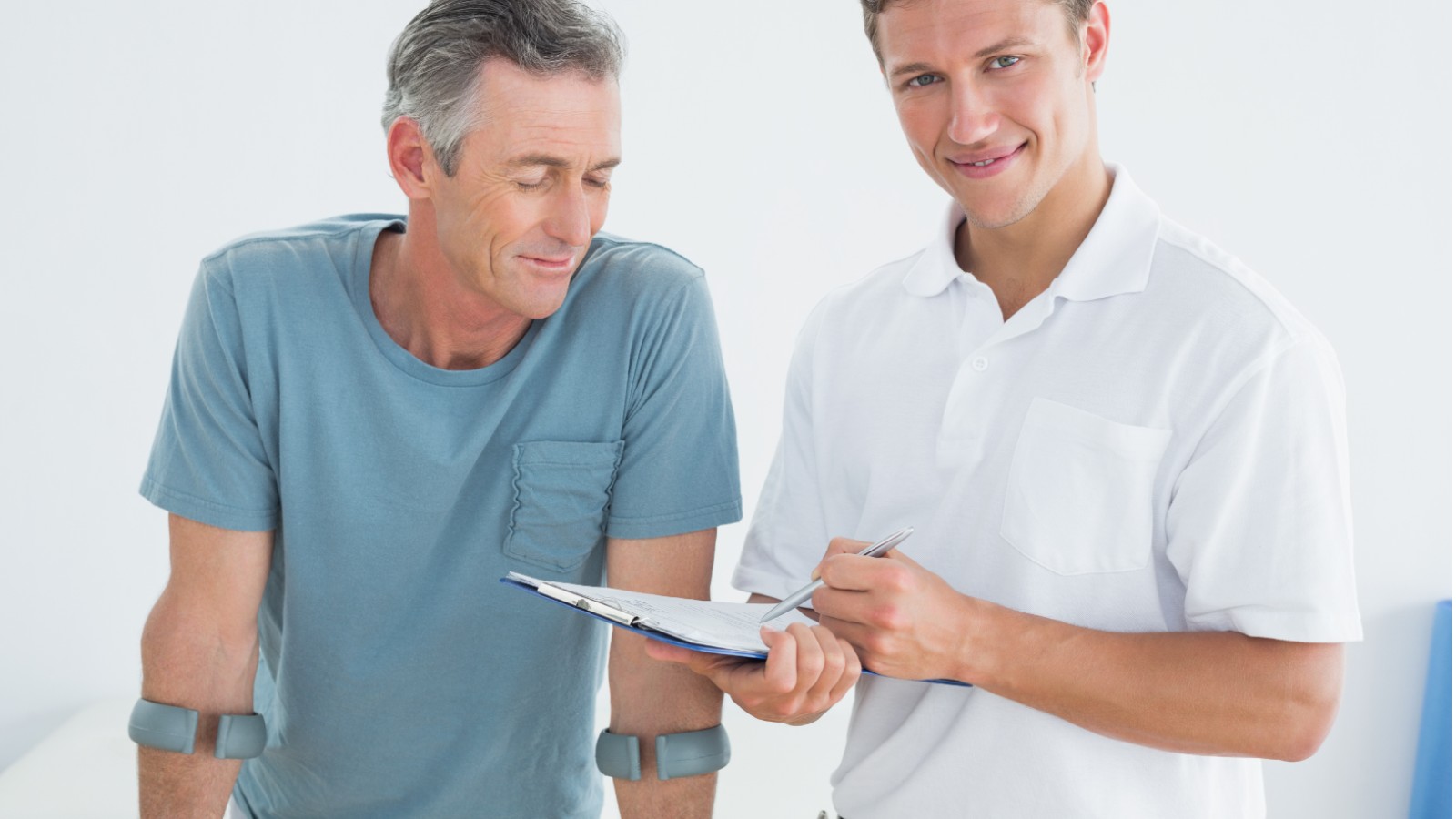This is Lukas (and Robert)….
Lukas works for Fit’en’able, a company that facilitates individually tailored fitness programs and indoor group sport and recreational activity for persons with disability. The programs are delivered in a large mainstream gym, designed to progressively improve strength, fitness, mood, confidence and social skills. The participants are covered by NDIS and are referred to the program by disability support organisations and health professionals. Lukas is one of many fitness instructors employed to facilitate and support these challenging but rewarding programs.
How do you plan for a group with different disabilities?
Programs are designed in collaboration with stakeholders and each program session plan is a guide for instructors such as me to deliver the program. We are aware in advance of each of the client’s needs and their level of fitness and capability. Activities and exercises are always suited to their needs and are chosen very carefully. A lot of prep work goes into making the sessions as inclusive as possible.
Once the session has begun it will be soon apparent if modifications have to be made to the plan. We need to be flexible and adaptable every-time.
How are activities modified to suit the client’s needs?
One of our beliefs is adapting to the world of people with disability rather than forcing them to fit into the status quo. People with disability can participate in all types of activity it’s just up to us to show them how it can be done, so modifying equipment and activities is a common and necessary thing.
We can change our coaching style, change rules of the game, change the environment and adapt or modify equipment. For example, we change the colour, weight or size of balls used in ball sports, we can increase the play area for more space or reduce the play area to make people feel safer or closer. We can allow for more attempts at scoring a goal so that everyone gets a chance, or we can remove scoring altogether.
How do you communicate with different clients?
Most communication is non-verbal so active listening is key to understanding a person. I have to pay attention, don’t interrupt, visualise what is being said, speak clearly when I do speak, ask open ended questions and such. I speak directly to the client unless I need to get more information or clarification from their carer or support staff to make sure I’ve understood the client.
Depending on the type of disability, I would use the most effective method of communication or combinations of methods. For instance, a hearing-impaired person would be able to see a demonstration of an exercise and see visual activity cards to understand how to participate. On the other hand, a visually impaired person would possibly be able to hear you but will not be able to see you demonstrate the exercise or use visual activity cards. I have to instruct verbally or visually and be tactile.
We use tactile communication with clients who have a sensory or a physical disability that makes it impossible for them to perform an action without some level of intervention. To communicate, it’s really important that we build trust and rapport with each client.
What have you learned from your work experiences?
When I first started, I wanted to do so much that I nearly burned myself out. So, for new instructors I would say, relax and go with the flow and ask for help. Use the enthusiasm of the client as your motivation to push their boundaries with care of course.
I am so lucky to be able to spend time with these individuals. I get a buzz from seeing them enjoying themselves, learning something new, becoming more active, making new friends. I can’t imagine doing anything else right now.

